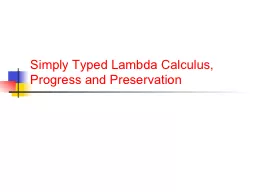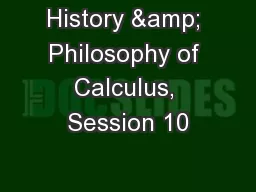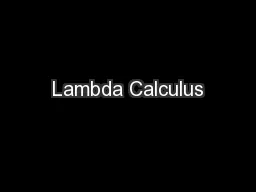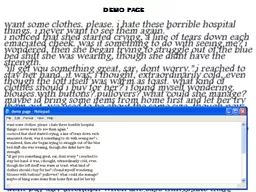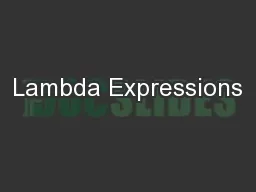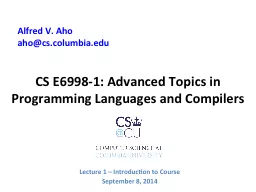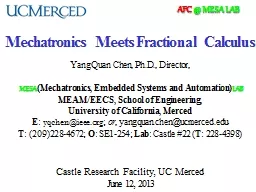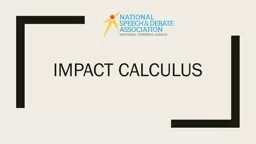PPT-Simply Typed Lambda Calculus, Progress and Preservation
Author : medshair | Published Date : 2020-06-15
Announcements HW3 due today HW5 is out and due on Tuesday after the break Spring 20 CSCI 44506450 A Milanova 2 Outline P ure lambda calculus catch up Syntax and
Presentation Embed Code
Download Presentation
Download Presentation The PPT/PDF document "Simply Typed Lambda Calculus, Progress a..." is the property of its rightful owner. Permission is granted to download and print the materials on this website for personal, non-commercial use only, and to display it on your personal computer provided you do not modify the materials and that you retain all copyright notices contained in the materials. By downloading content from our website, you accept the terms of this agreement.
Simply Typed Lambda Calculus, Progress and Preservation: Transcript
Download Rules Of Document
"Simply Typed Lambda Calculus, Progress and Preservation"The content belongs to its owner. You may download and print it for personal use, without modification, and keep all copyright notices. By downloading, you agree to these terms.
Related Documents

